10 Harmful Plants to Dogs, Plus Practical Tips for Dog-Friendly Gardening

Who is your best friend? You know, the one who loves you no matter what you look like and is always happy to see you with her wagging tail. Most of us would look at our furry friend sitting on our laps.
Spending time with your four-legged BFF in the garden sounds like a great idea during summertime. But, much like with toxic cookware and bakeware, there may be things lurking in your yard that could be shockingly detrimental to your best friend. And, it is, but you need to be aware of some plants harmful to dogs.
Sign up for the newsletter to find more gardening tips and tricks.
1. Autumn Crocus

Autumn Crocus blooms in the spring and autumn, and are part of the Iridaceae family. When ingested, common signs include drooling, vomiting, and diarrhea.
2. Azalea

Azaleas are beautiful, vibrant flowers, but are harmful plants to dogs. These plants can cause oral irritation, vomiting, weakness, and even cardiac failure.
3. Daffodil

Daffodils are harmful plants to dogs, as well as cats and horses. Common signs of its toxin include vomiting, salivation, diarrhea, and more. When consumed in large quantities, however, some signs include tremors and cardiac arrhythmias.
4. Dieffenbachia
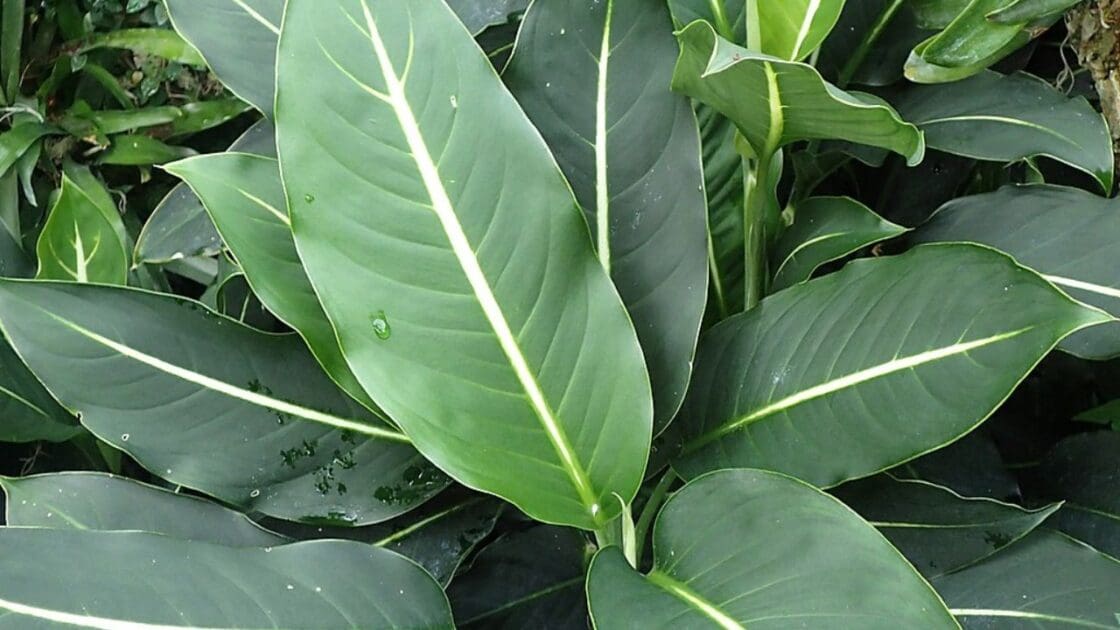
Also known as Dumb Cane, Dieffenbachia is a gorgeous leafy plant. However, the harmful plants to dogs and cats cause symptoms of oral irritation, intense burning and irritation of the mouth, excessive drooling, and difficulty swallowing.
5. Tulip

Tulips are harmful plants to dogs and cats but are also incredibly common in gardens. However, when consumed, signs of the toxin include vomiting, depression, hypersalivation, and diarrhea.
6. Kalanchoe

Kalanchoe, also known as the Mother-in-Law plant, contains bufodienolides, which cause intense symptoms when consumed. Some signs include vomiting, diarrhea, and abnormal heart rhythm, however, the latter is rare.
7. Sago Palm
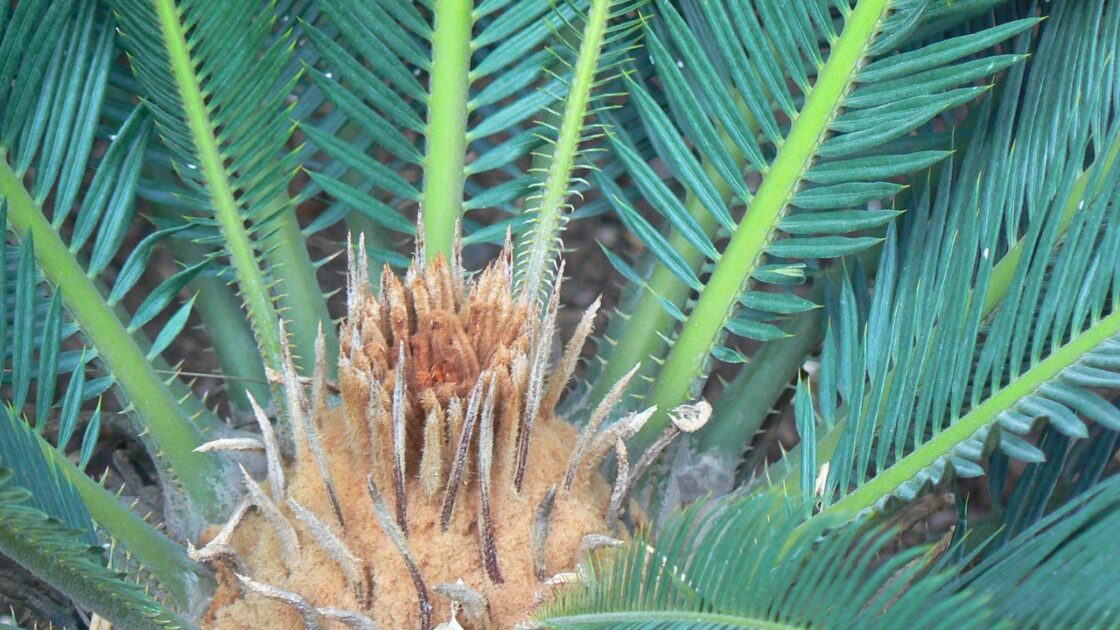
Sago Palm is a brilliant fern for your home, but toxic to your dogs or cats. When in contact, dogs suffer with vomiting, increased thirst, bruising, and even worse symptoms like liver damage, and hemorrhagic gastroenteritis. In some severe cases, animals could experience liver failure and death.
8. Oleander
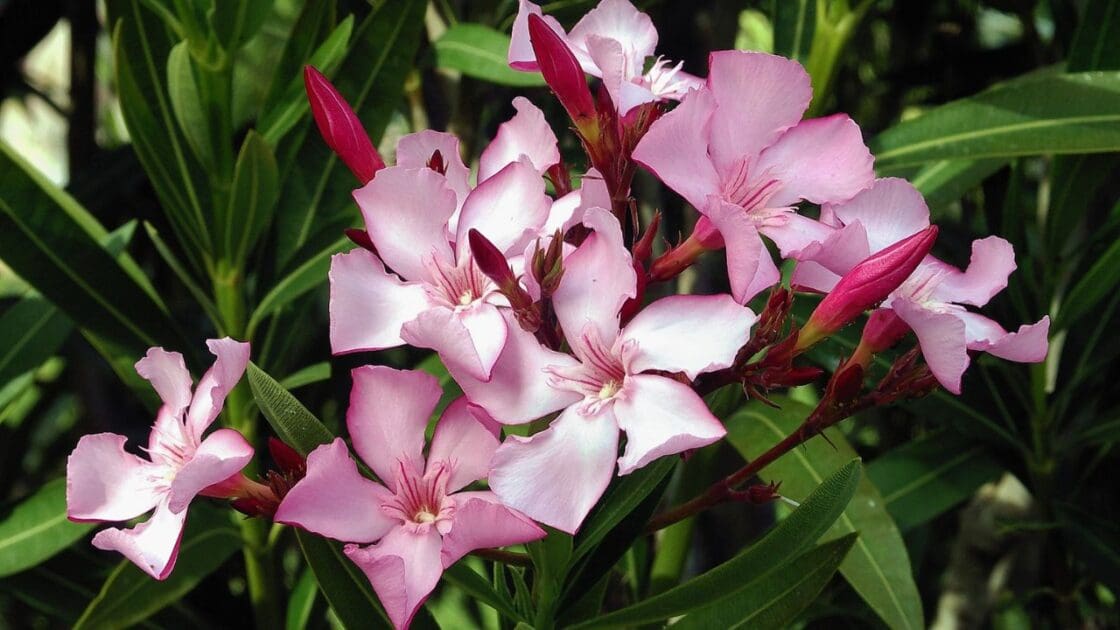
Oleander is a gorgeous flower in gardens but is on of the worst harmful plants to dogs. When consumed, signs can include drooling, abdominal pain, diarrhea, colic, depression, and in some cases, death.
9. Cyclomen
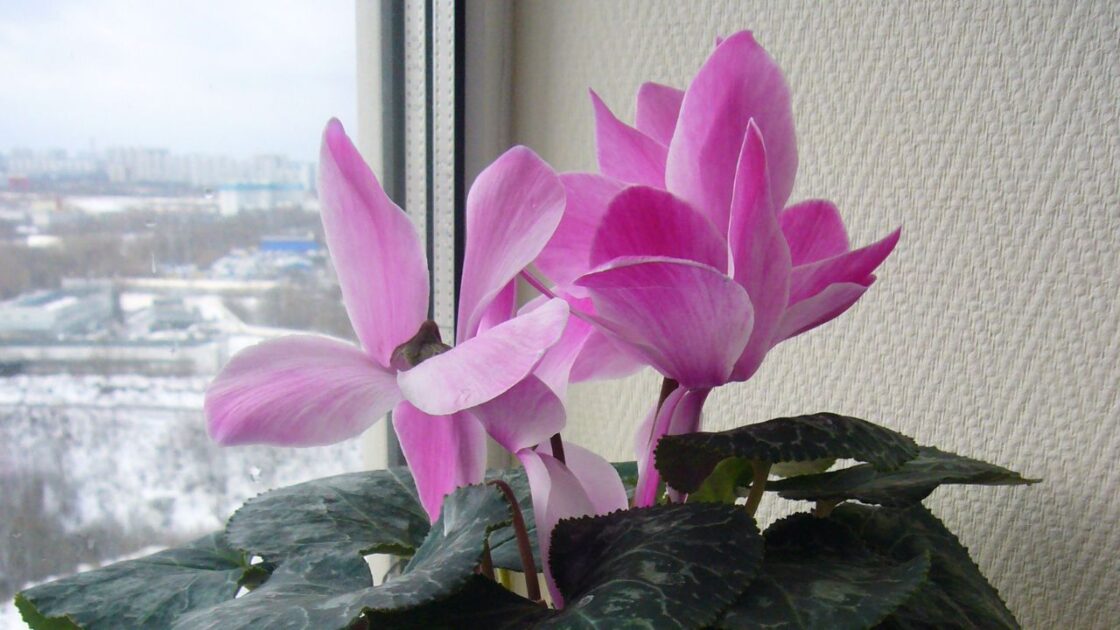
Cyclamen, also known as Sowbread, contains the toxic principle, of terpenoid saponins. The harmful plant to dogs shows symptoms like salivation, vomiting, and more. When consumed in large amounts, signs include seizures, heart abnormalities, and in devastating cases, death.
10. Amaryllis
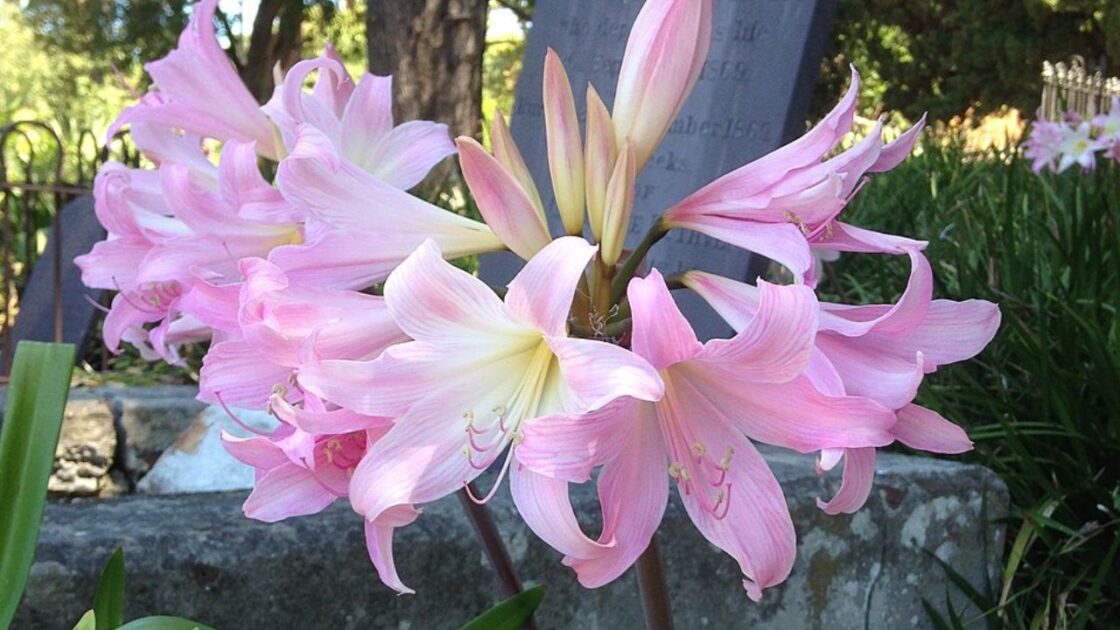
Another one of the worst harmful plants to dogs is Amaryllis, which is harmful to dogs, cats, and horses. These symptoms include vomiting, depression, diarrhea, abdominal pain, hypersalivation, and tremors.
What Should You Do If Your Dog Consumes a Toxic Plant?

Pet poisoning is a serious veterinary emergency so call your veterinarian immediately. Depending on what plant your dog ate you may or may not want to induce vomiting. Here’s a helpful site with a list of which plants require you to induce vomiting and which don’t.
Do Some Dogscaping

Next time you tend to your garden, practice dogscaping. Learn about it in this helpful book: Dogscaping: Creating the Perfect Backyard and Garden for You and Your Dog. What is it? Landscaping with your four-legged BFF in mind.
This means growing plants in containers so they are out of reach. It could also be planting plants that are distasteful to dogs around the perimeter of your garden to keep them out.
Dogscaping could also include sprinkling spices such as dried mustard or crushed dried pepper around harmful plants to deter your dog. Strong flavors such as coffee grounds and bitter orange may also keep your dog away (thanks to rover.com for this helpful tip).
Give your dog her own spot to relive itself. By leading your dog to the same place to relieve herself every time she’ll learn that it should only go there. Hopefully, this will keep her from destroying your garden with her waste.
Most dogs like to dig. When Fido starts digging direct him to a specific spot designated for that purpose. Hopefully, he’ll catch on and learn that all his digging should happen there and not in your garden.
Give Your Pup Basic Training

Whether by using an invisible fencing system or another training method, boundary training your dog will keep him out of your garden. Be patient as this will take time but hopefully pay off with a happy dog and garden.
Remember, It’s a Dog

And dogs need exercise. Maybe Spot is destroying your garden because she’s not getting enough exercise or stimulation elsewhere. Take her for a walk, play fetch, or let her run free at the local Bark Park and hopefully, she’ll get her energy out there and not in your garden.
Read More on Organic Authority

9 Air Purifying Plants You Just Can’t Kill
This Pretty Natural Air Purifier Is Powered By Plants
7 Easiest Herbs to Grow in Your Apartment Garden [With Expert Advice From Pros]
4 Grow Your Own Garden Kits to Make Quarantine Gardening Easy

